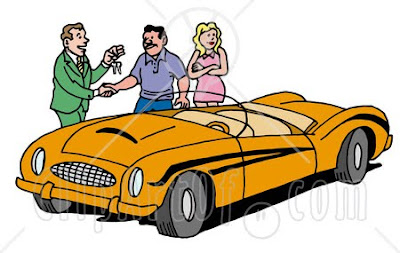I believe the word ecstasy means something completely different today than when I was a lad. Back then ‘The Spirit of Ecstasy’ was the official title given to the flying lady mascot seen on the front of every Rolls-Royce motorcar.
I’ve wanted to write a piece about radiator mascots for some time now. Sitting on my desk at home is a “Flying B” radiator mascot bought an autojumble some years back. It’s very plain to look at, and surely, somewhere, in South Africa, there’s a Bentley car owner wondering what ever happened to his car mascot.
While undertaking some research as to which model Bentley the mascot had actually come from I was caught up in the intriguing story of just how the Rolls-Royce “Spirit of Ecstasy” mascot came into being — surely the most famous bonnet ornament ever fitted to a motorcar.
Eleanor Valesco Thornton must have been a captivating woman. Born in London in 1880 she was bright and exceptionally beautiful who found secretarial employment on a magazine called The Car Illustrated. Her boss also happened to be the editor, his name was John Walter Edward-Scott-Montagu, who would later become Lord Montagu of Beaulieu, the founder of the biggest car museum in Europe.
Montagu’s part-time illustrator for the magazine — an awful lot of line drawings were the order of the day back then — was the celebrated sculptor Charles Sykes who was commissioned to design a bonnet mascot for Montagu’s own Rolls-Royce Silver Ghost, but he must use Thornton as the model. Meanwhile, as you might have guessed, a serious love affair was blossoming nicely between Thornton and Montagu — a tryst frowned upon by all except his closest friends — because of his social standing.
The statue that Sykes came up with for the car illustrated a young woman in a forward stance with a veil flowing behind her but her fingers pursed to her lips. Montagu was really pleased with it — as he should be —with the one-off mascot suitably installed it was nicknamed by Montagu’s closest friends as “The Whisperer”.
Montagu sat on the board of directors at Rolls-Royce cars and pushed forward the idea of a standard radiator mascot for all Rolls cars henceforward. Little enthusiasm for the idea was shown by Charles Royce, head of the company, who was more than a little alarmed to see the current craze of funny mascots such as glass cats, nickel policeman and even chrome golliwogs adorning his and other fine cars.
He had to make an instant decision — that choice was to commission a modified version of Sykes’ mascot with “Thornton” standing more upright this time around with both arms trailing behind her while holding a lightweight gown that blew in the breeze. From 1911 that was the only mascot ever allowed to be attached to a Rolls-Royce — a ruling that still stands today, apparently.
What became of Montagu and Thornton, I hear you ask.
Well, they had a lovechild that was whisked away from Thornton from day one and brought up by Montagu himself. Little was said of the matter, probably due to his influential status within London society.
During the First World War Montagu served in the Indian Army as an Inspector of Mechanical Transport, and while returning to India aboard the SS Persia — a passenger cruise ship, and accompanied by his favourite secretary — the liner was torpedoed en route by a German submarine.
In the true spirit of “Ladies and children first,” Montagu escorted Thornton and other passengers to the lifeboats — the last time he was to see her alive. Yet, amazingly he survived the tragedy but only after his obituary had already appeared in The Times!
But Eleanor Velasco Thornton remains immortal, it seems: she is remembered and acknowledged on every Rolls-Royce car ever manufactured since that fateful day. Originally silver-plated, at some time gold-plated and even redesigned slightly in 1934 to accommodate a lower bonnet line, the “Spirit of Ecstasy” continues her onward journey. Remember, that a Rolls-Royce motorcar doesn’t ever break down, it merely fails to proceed!
• Next time I see a Rolls-Royce motorcar driving serenely along I’ll point to that beautiful mascot up front and tell whoever I’m with its real name: “The Whisperer.”






